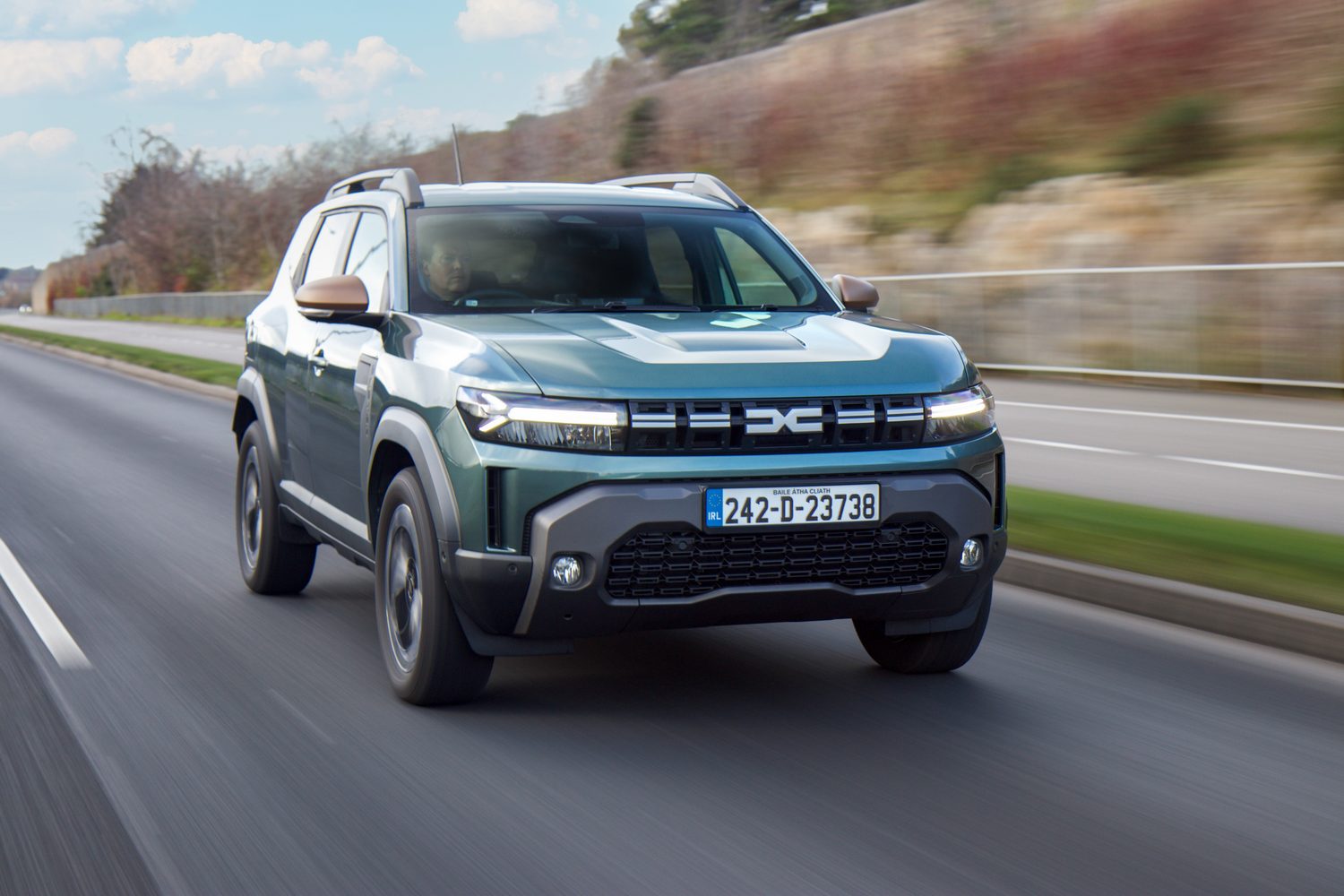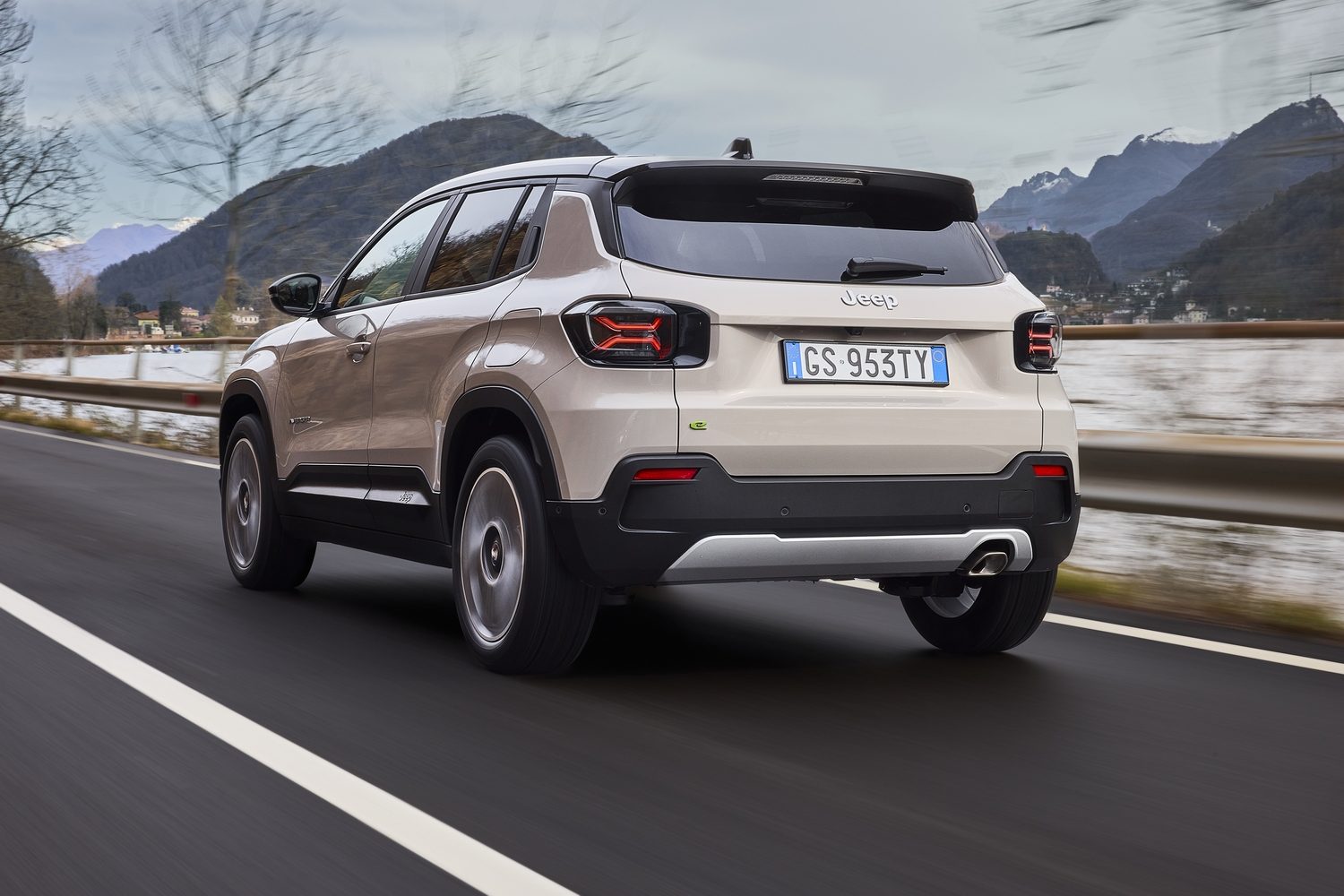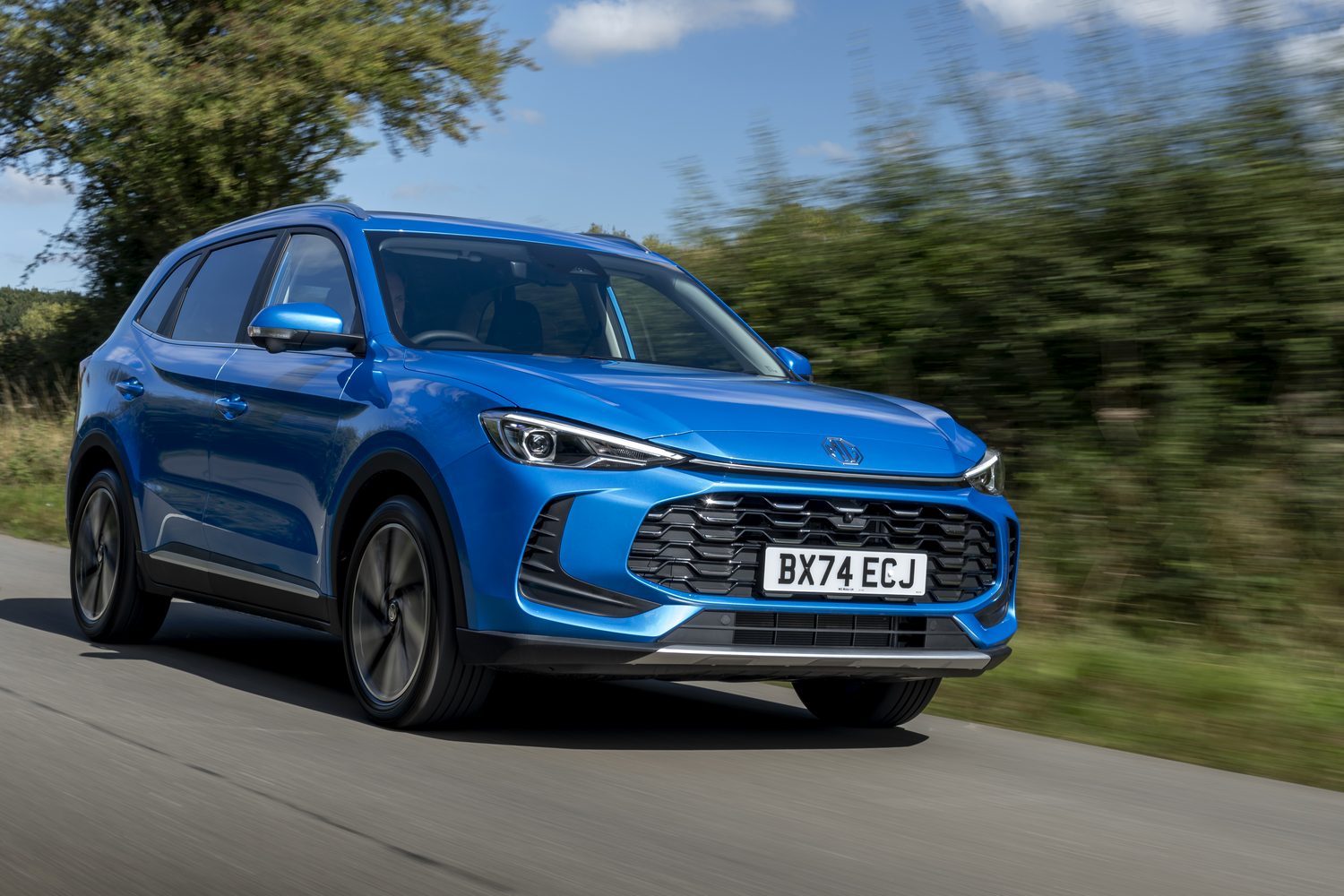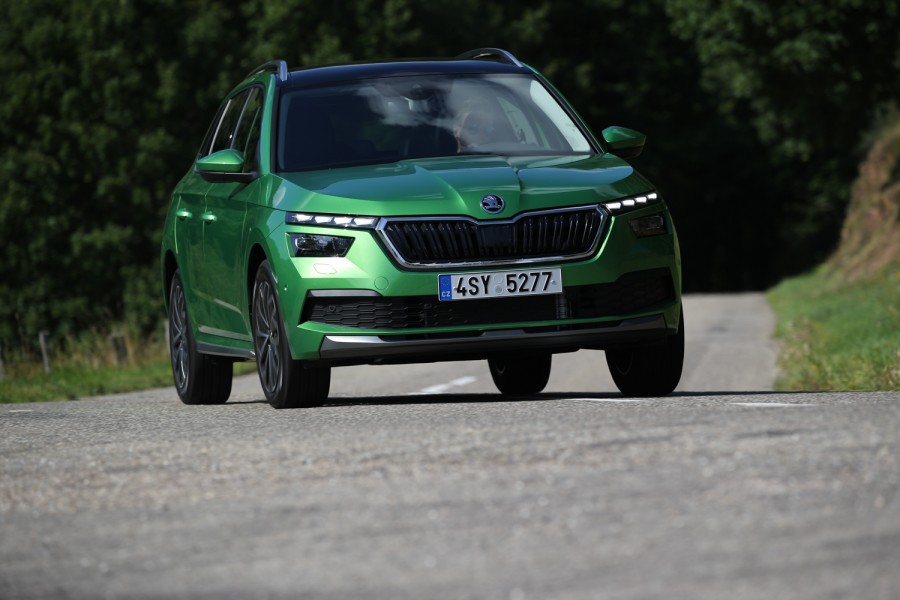Originally introduced to Ireland just over a decade ago, the Dacia Duster has carved out a successful niche for itself as the compact SUV to which car buyers turn when budget is paramount in their minds. For the first ten years, the Duster's style and character evolved only very slowly and gradually, and indeed it would be easy to draw a very straight line between the styling of that first-generation model and the second, which remained in production - with a significant facelift - from 2017 to 2024.
If that second-gen Duster represented a significant step forward for Dacia in quality terms, which it certainly did in its facelifted form, then this third-generation Duster represents a quantum leap not so much in quality as in the overall style and feel of the model. And, for that matter, the brand.
In fact, it would be fair to say that this new Duster is the first evidence of Dacia's ever so slight move upmarket. The company increasingly wants to be seen as an outdoorsy brand, sort of a European rival to Jeep, but with far more reasonable prices - and not just SUVs in its ranks.
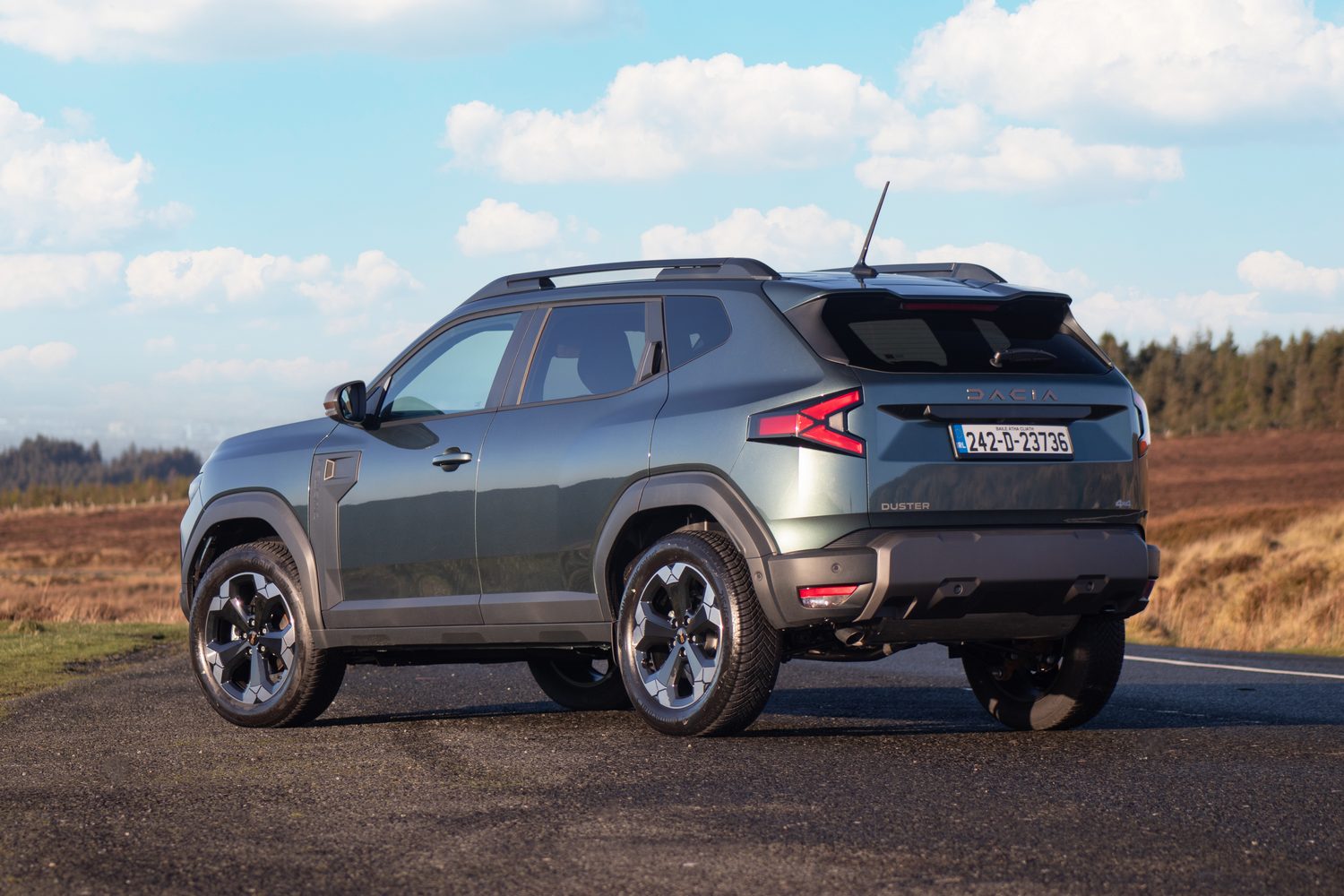
Previously, Dacia's head of design - David Durand - told us that the company was going to be moving away from its rigorous designed-down-to-a-price regime, which saw the creation of the original Sandero with its flat, featureless body panels, so designed because they were cheap to build.
Dacia's success in the years since has changed that game: “That original Dacia Logan was a big bet, which [Renault Group chairman] Louis Schweitzer took at the time,” said Durand. “We didn't know if it would work, and so we did this car at the minimum of minimum just in order to reach the price target. Now, today, we have huge volumes, and so this changes completely our work when you are negotiating with suppliers. We have much more power to reduce the cost and optimise the design because of our volumes,” Durand told CompleteCar.ie.
“So, we start with an original design intention for, say, the headlamp units. And then we go to our suppliers, and they are saying, well maybe if we change a little here and a little there, we can make the unit for €2 less because maybe we need only one set of tooling. And so that's a way you can make cost savings through good design.”
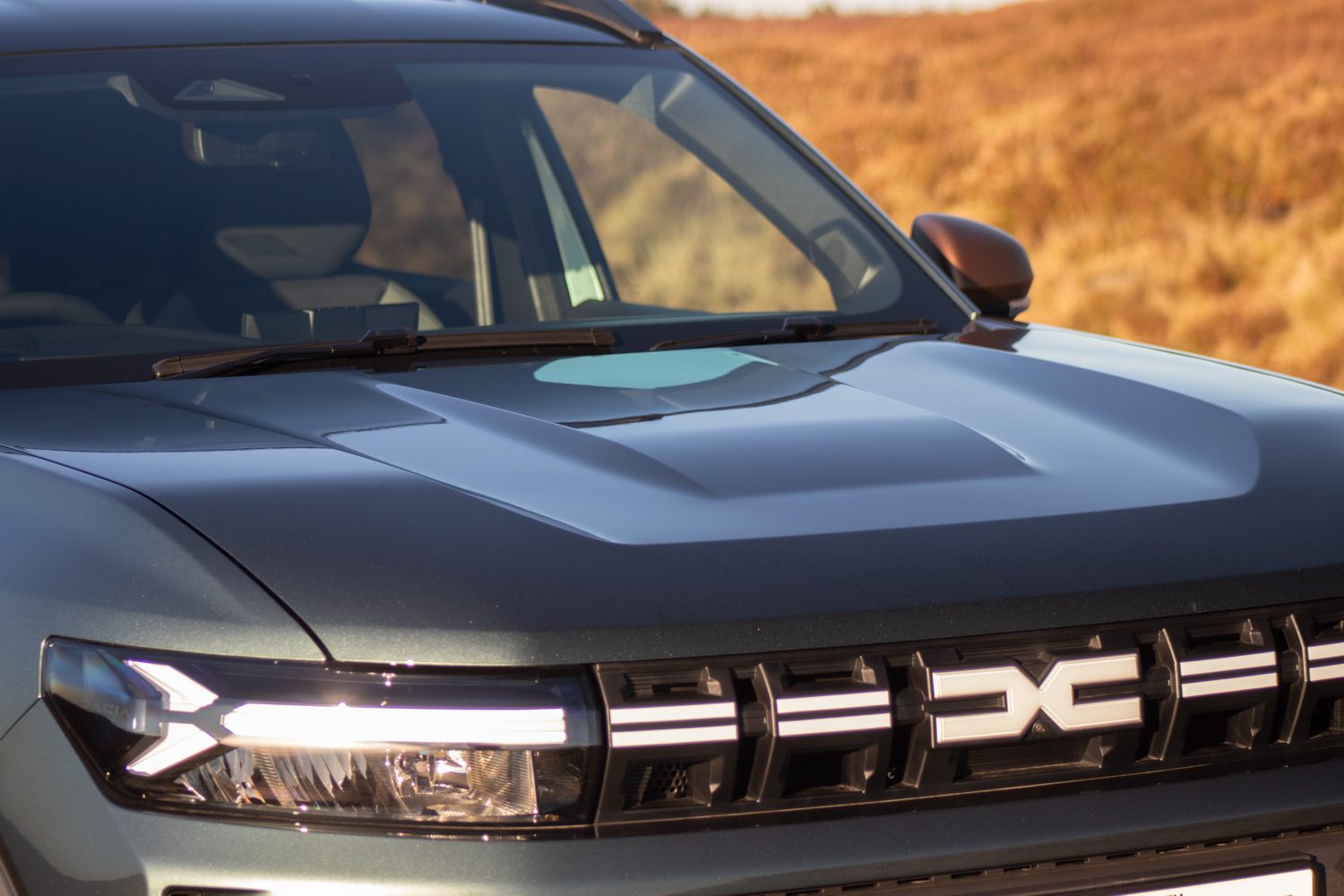
This new Duster occupies the same sort of physical and philosophical space as the old one, but it's way more overtly stylish. The headlights are now very slim, and almost tucked under the leading edge of the heavily castellated bonnet. The rear lights - kept away from the tailgate to simplify the wiring - are also much more characterful than before, with distinct Y-shaped elements. The plastic panel that sits ahead of the front doors and behind the wheel arch, a Duster signature which was originally designed to be a cheap way to cover up a body seam, is still there but now it's flat and flush with the bodywork and is made of Dacia's new 'Starkle' recycled plastic, which has a faint speckled effect.
Basically, where the Duster used to just have a reasonably pleasant body wrapped around its mechanical bits in the simplest way possible, now it looks seriously stylish, and you can see what Dacia, and Durand, mean when they talk about Jeep rivalry. It looks especially good in the Extreme spec of our test car, with chunky wheels and all-season tyres, not to mention the gorgeous Cedar Green metallic paint, and the copper-coloured highlights of Extreme models.
How much is the Dacia Duster in Ireland?
Largely, the Duster stays true to its affordable roots. With a base price of €25,990 for the entry-level Essential 1.0-litre front-wheel-drive version, the new Duster is around €10,000 more expensive than it was when it first launched in Ireland all those years ago. Mind you, inflation aside, it's far better equipped than it was back then, and the new Essential model comes as standard with body-colour bumpers (a 2013 model year Duster would have had black bumpers), 16-inch steel wheels (which look quite smart), 'Eco LED' headlights, electric front windows, analogue instruments with a 3.5-inch digital trip computer, a clamp for your smartphone and a Dacia Media Control app so that the phone becomes the car's touchscreen, manual air conditioning, six airbags, automatic emergency braking, lane-keep assistance, cruise control and rear parking sensors.
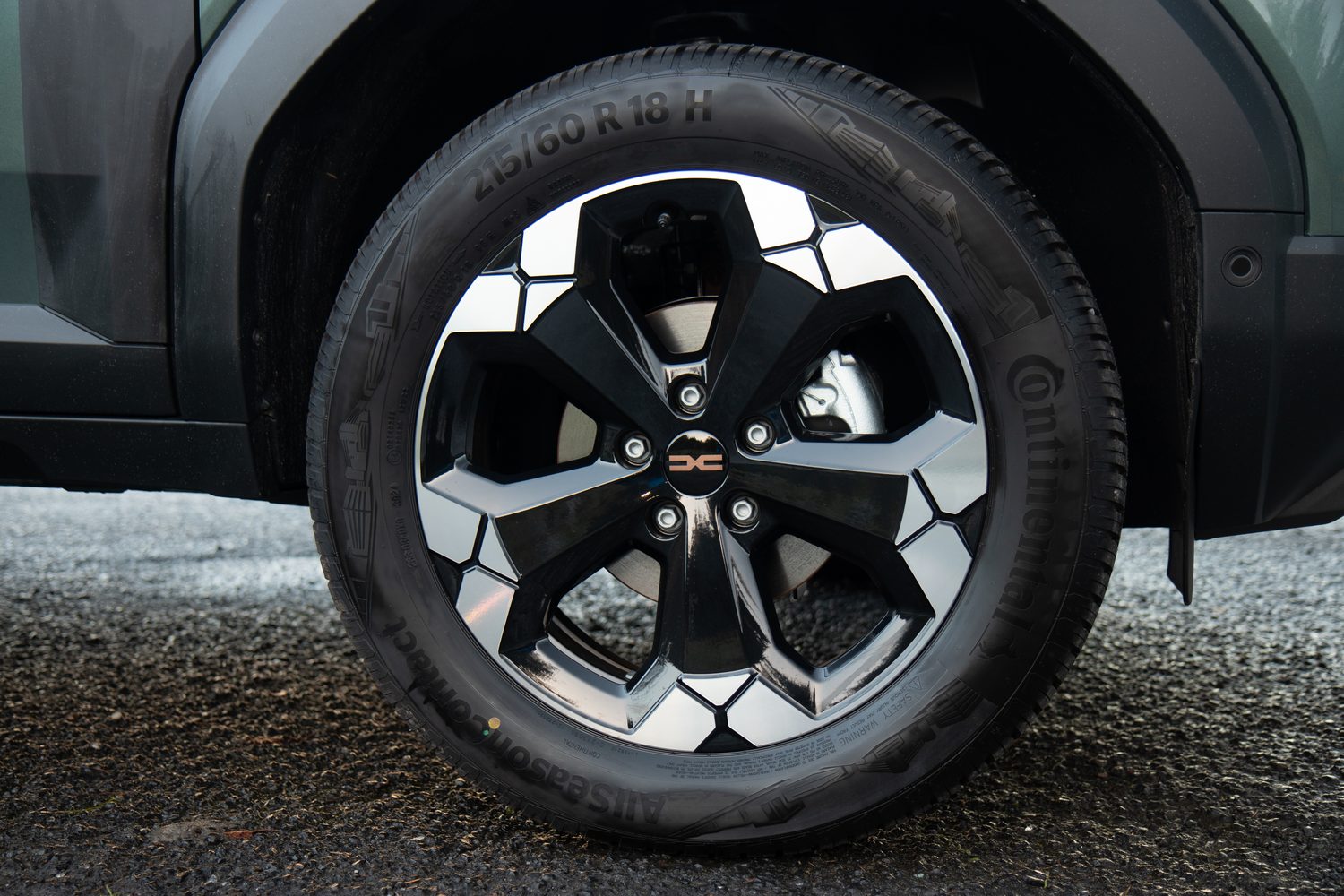
Essential trim is only available with the 1.0-litre 100hp engine which can run on either petrol or LPG. It comes with front-wheel drive and a six-speed manual gearbox.
Next up is Expression trim, which starts at €28,390 for the 1.2-litre three-cylinder turbocharged petrol engine with 130hp, €32,390 for the same engine with four-wheel drive, or €32,090 for the 1.6-litre 140hp hybrid model.
Expression cars come as standard with 17-inch diamond-cut alloy wheels, body-coloured door handles, silver mirror caps, front and rear skid plates, 'Denim' upholstery, rear electric windows, a seven-inch digital instrument panel, a ten-inch infotainment touchscreen with wireless smartphone connectivity, a front centre armrest with a storage compartment, a rear-view camera, automatic windscreen wipers and, for 4x4 versions, an electronic downhill assist control.
Next up is Journey trim, priced from €30,390 for the 1.2-litre 130hp engine, €34,390 for the 4x4 and €34,090 for the hybrid. Standard kit over and above Expression trim includes 18-inch alloys, front fog lights, a split-level boot floor, automatic air conditioning, auto-fold door mirrors, keyless entry, wireless phone charging, electric parking brake, connected navigation, extra USB sockets in the rear, front parking sensors, all-round camera view, blind-spot monitoring and automatic high-beam control.
At the top of the range, and the most overtly outdoorsy Duster, is the Extreme model, whose prices start at €30,840 for the 1.2-litre 130hp engine, €34,840 for the 4x4 version (that's the one we're testing here) and €34,540 for the hybrid.
Standard Extreme spec includes 18-inch alloy wheels, copper-coloured exterior trim, 'MicroCloud' coated textile upholstery with contrast stitching, five 'YouClip' attachment points, heated front seats and downhill assist control.
So, yes, the Duster is more expensive than it was before, especially when you're talking about Journey and Extreme models, but compared to most other rivals, it's still something of a standout bargain.
At the time of writing, Dacia Ireland has a zero per cent finance offer in place for the Duster, which is a Hire Purchase agreement with a €13,308 deposit and 36 monthly payments of €379. Check out the Dacia Ireland website for the latest offers available.
A look inside the Dacia Duster
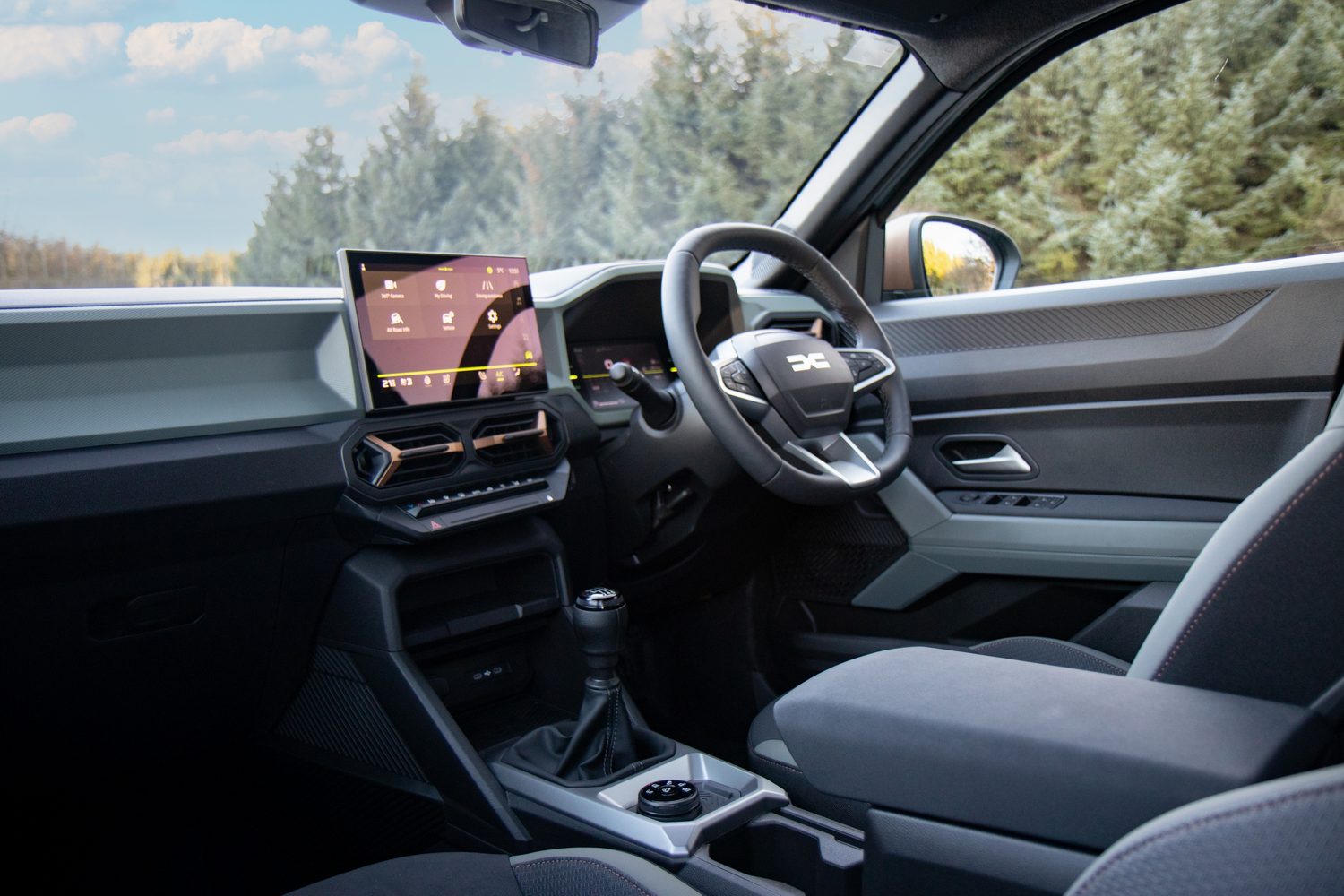
Just as the outside of the Duster has had a major glow-up, in style terms, so too has the interior and - once again - harking back to the original 2013 Duster, owners of that car would barely recognise the level of sophistication to which Dacia has risen.
That's not to say that the Duster's cabin plastics aren't cheap. They most certainly are, but Dacia has boxed clever here, and given the plastic panels shapes, textures and colours which makes them look far more appealing than they would do if they were just plain and dark grey.
The front seats are really nice and clad in a 'MicroCloud' fabric which is made from recycled plastics, and which has a faint hint of wet-suit neoprene about it. It's a smooth, but grippy material and it seems to cope well with the sort of stains and dropped food that are part and parcel of family life. Well, my family life anyway.
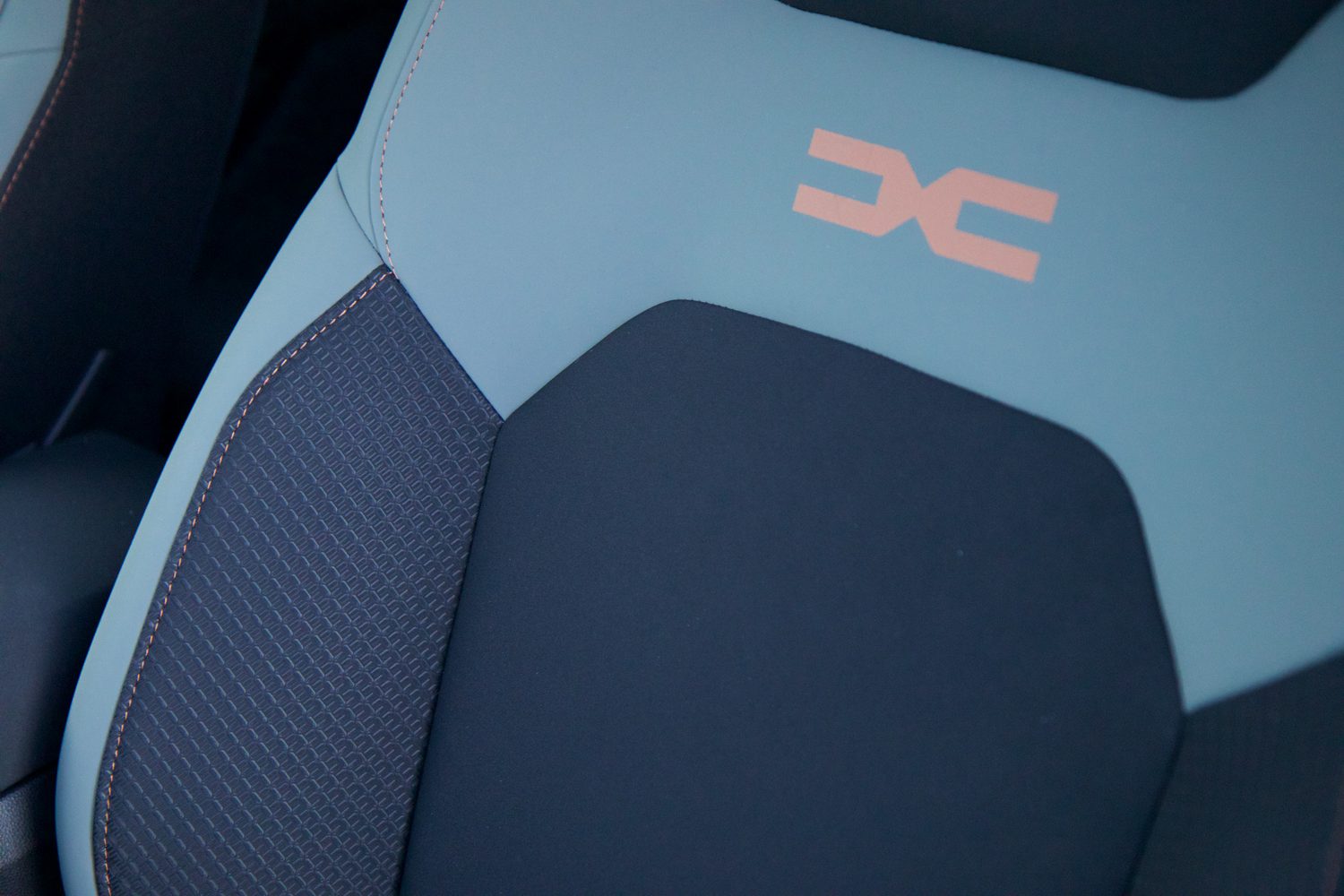
There's decent space in the back seats, certainly enough for four tall adults to squeeze into the Duster. Boot space is more than generous, stretching from 456 litres up to the luggage cover in this 4x4 model to just over 500 litres for the basic front-wheel-drive version. Fold down the back seats, and that expands to more than 1,500 litres but, in this model, you can't adjust the boot floor upwards to give you a flat load space - that's only for the Journey model.
One handy touch is Dacia's YouClip system, which includes as many as five little anchor points for clip-on accessories around the cabin. You can buy those accessories from Dacia, and they range from extra cupholders to bag hooks to a smartphone holder, and even a cupholder with a built-in LED torch. In theory, you can also download the schematics for the YouClip attachment from Dacia and 3D-print your own accessories, and if you've done that, we'd love to hear from you and find out what you made.
It's also worth remembering that you can buy an optional 'sleep pack' for the Duster, which consists of a box that clips into the boot, and which is both a small storage area and a fold-out futon which stretches across the back seats, and which turns the Duster into an ersatz camper van. There's even an optional clip-on tailgate tent.
How many child seats can I fit in the Dacia Duster?
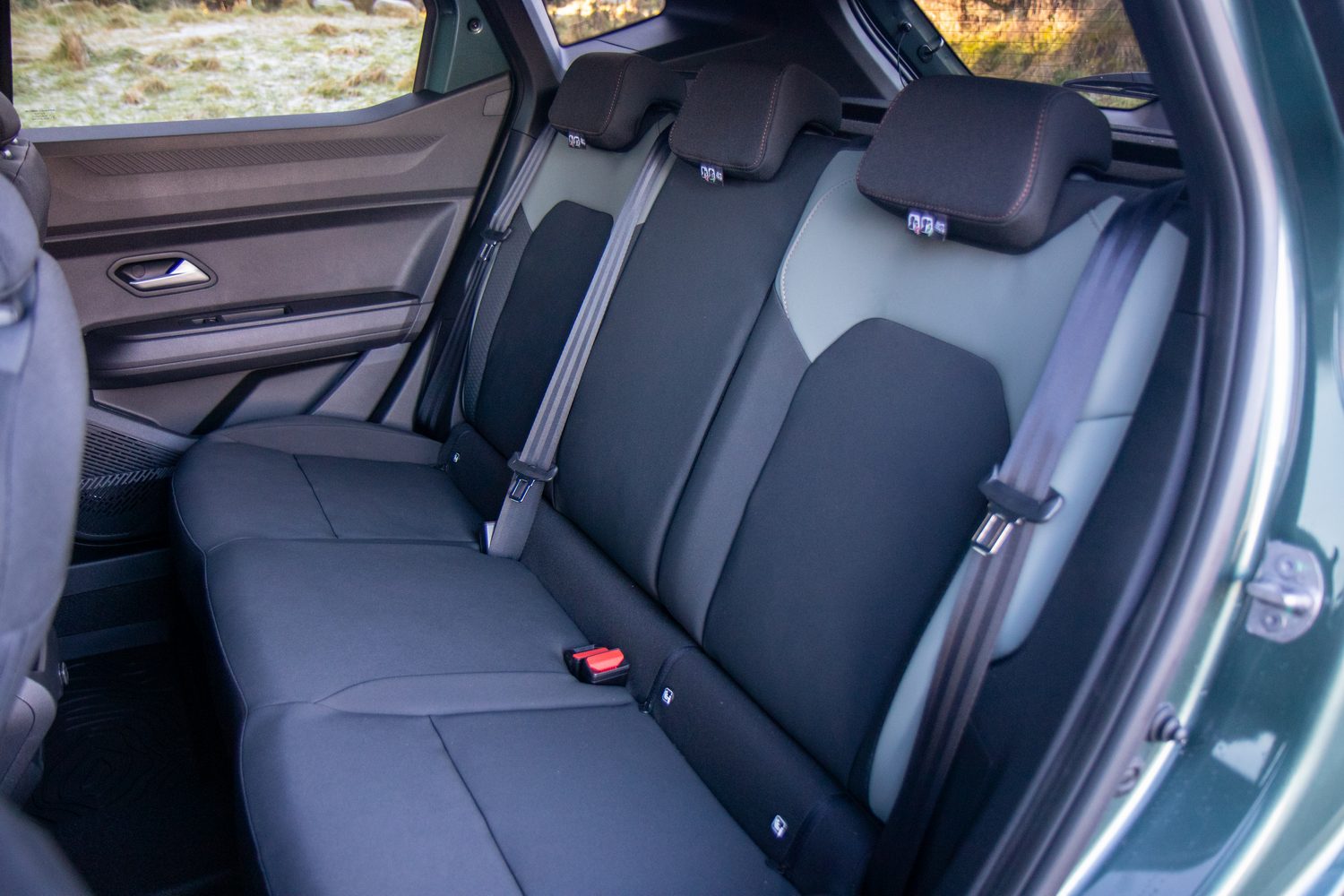
There are only two ISOFIX anchor points in the Duster, both in the rear seat, and it's a shame that there isn't one in the front passenger seat (although you can of course fit a rear-facing child seat in the front using the seatbelt as there is a disconnect switch for the passenger airbag). The rear doors open reasonably wide, but the rear seat is set quite high, and the roof is relatively low, so it might take a bit of wrestling to get larger child car seats into the back.
How safe is the Dacia Duster?
There's something of a prickly relationship going on between Euro NCAP and Dacia at the moment. Euro NCAP keeps marking Dacia products down for not having the latest electronic driver aids, while Dacia insists that (a) drivers aren't prepared to pay the extra for those, and (b) its cars are fundamentally safe in an impact. The Duster, tested in 2024 just as it launched, fared much better than previous Dacia models, but still only took home a three-star result. It scored a 70 per cent rating for adult occupant protection, 84 per cent for child occupants, 60 per cent for vulnerable road user protection and 57 per cent for its electronic safety systems.
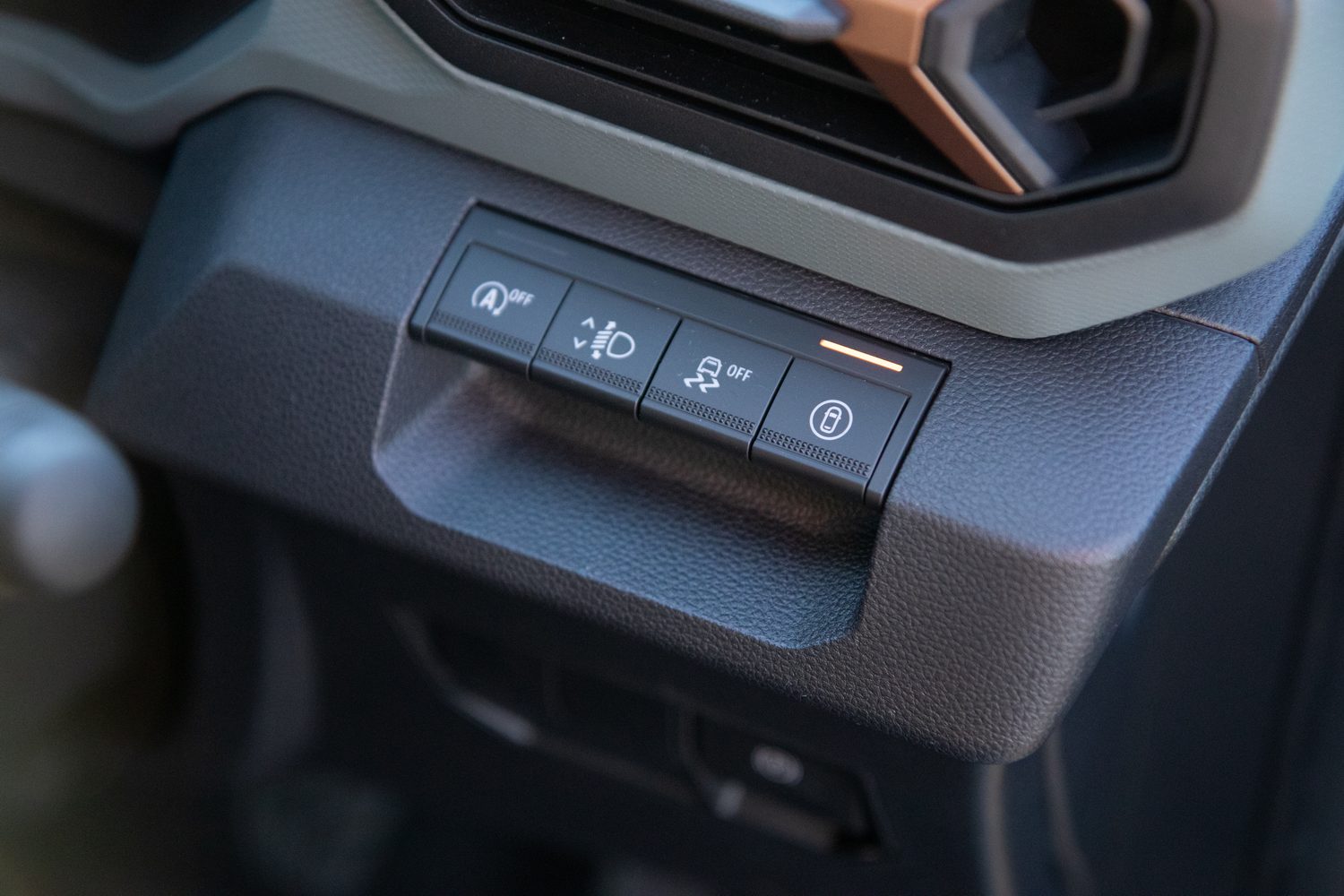
The new Duster does come with far more in the way of electronic driver aids as standard than previous versions, including automated emergency braking with pedestrian, cyclists and motorcycle detection; an automatic speed limit alert (thankfully easily disabled), emergency e-call function, traffic sign recognition, lane-keeping assistance, driver fatigue detection, a tyre pressure monitor and QR codes front and rear which can be scanned by emergency services and which gives them the safety sheet for the car in emergencies.
The Dacia Duster's on-board technology
By more traditional Duster standards, this model is almost impossibly sophisticated, with its high-set ten-inch touchscreen infotainment system and its seven-inch digital instrumentation. That instrument panel is quite simple in its layout, and while Dacia says it's 'configurable' all it really does is move some of the information around a little depending on what you want to display. Mind you, its simplicity and clarity are something of a relief in these days of overly-complicated in-car tech.
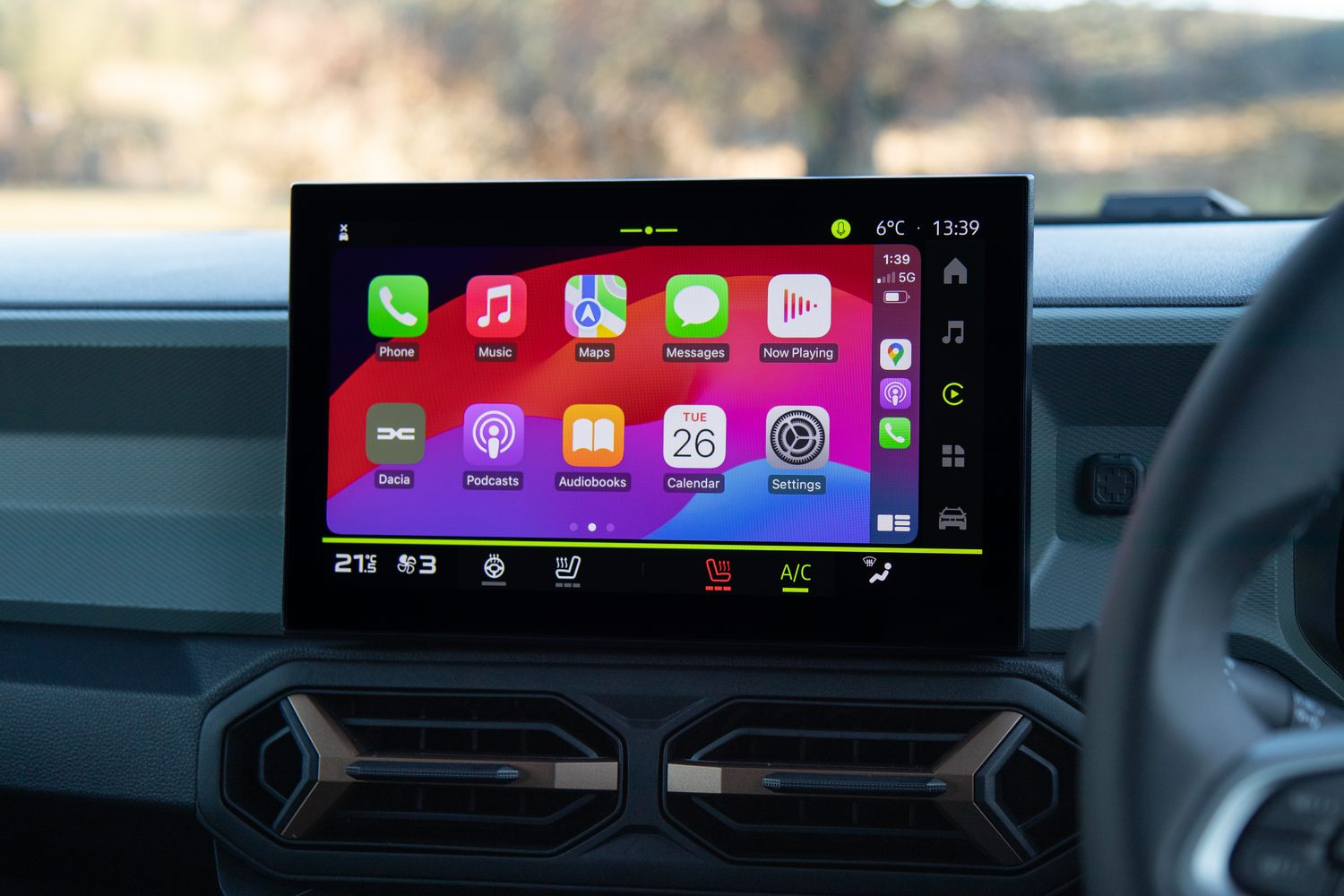
That's true too of the infotainment screen, the operation of which is vastly simplified thanks to the fact that Dacia still fits physical buttons for the air conditioning system, which is a blessed relief. The on-screen graphics are all rendered in military-like mixture of dark and bright greens, and the electronic relief map motif that scrolls across the screen when you start it up is kind of cute.
The overall menu layout is fairly simple, and there are not many functions to get lost in so it's pretty easy to use, while the connections for Apple CarPlay and Android Auto work well. Our test car came with a handy YouClip mobile phone holder that allows you to tuck your phone up by the screen, just behind the steering wheel. The stereo is decent enough, with six speakers, but at motorway speeds it's easy to overwhelm its output with tyre and wind noise.
There are some neat extra displays on the touchscreen for the Duster's off-road mode, which can show you the angle at which its sitting, or indeed the power split between the front and rear wheels in this 4x4 model.
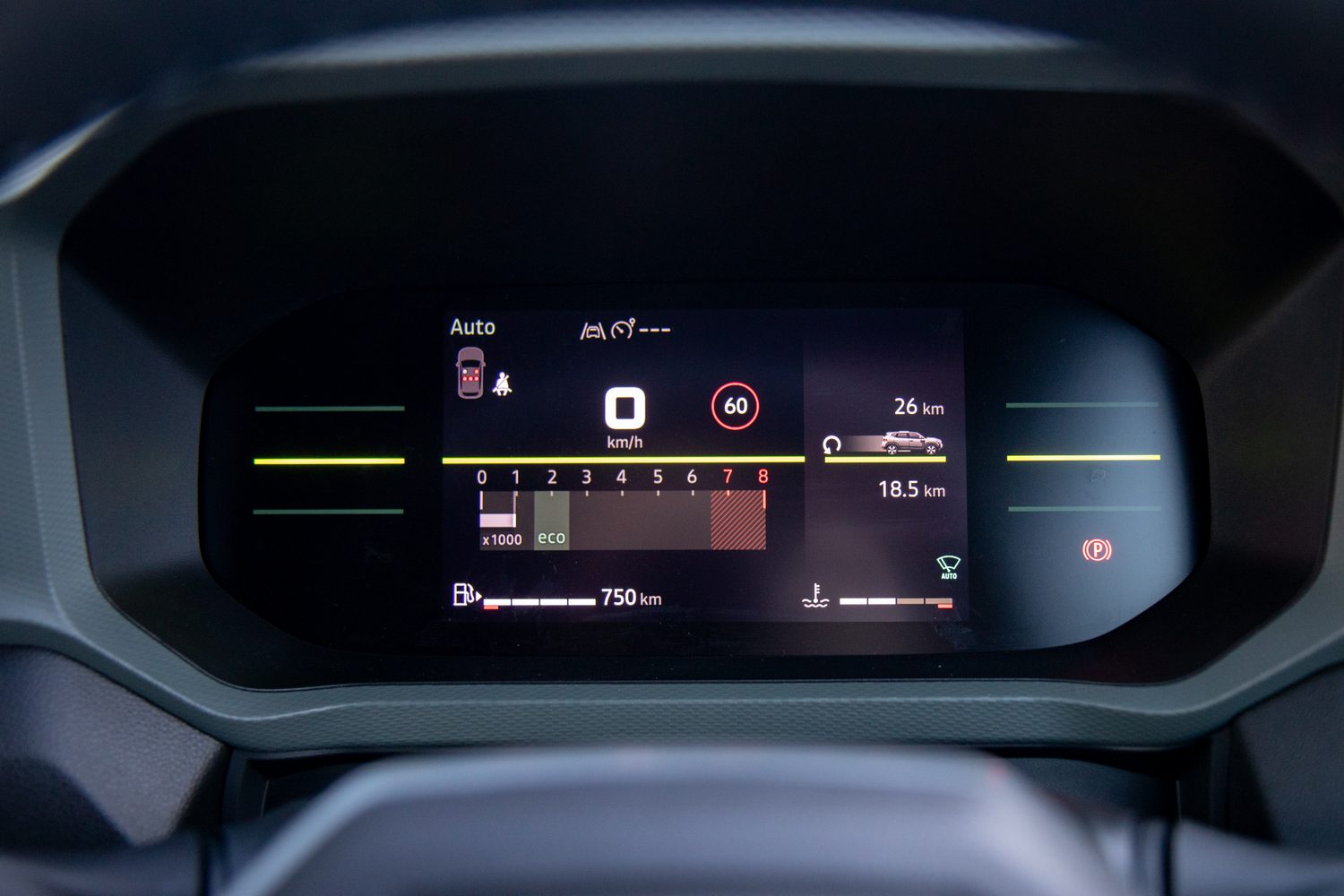
Driving the Dacia Duster
If you want a four-wheel-drive Duster, then you can only have it with the 1.2-litre three-cylinder turbocharged petrol engine and a six-speed manual gearbox. For the moment, the only Duster with an automatic gearbox is the front-wheel-drive hybrid.
The engine is pretty lively and willing, and with up to 130hp and 230Nm of torque, it makes fairly short work of the Duster's relatively trim kerb weight, just shy of 1,400kg. Straight line performance is only ordinary - 0-100km/h in 8.9 seconds - but for the most part the 1.2 engine does the job just fine.
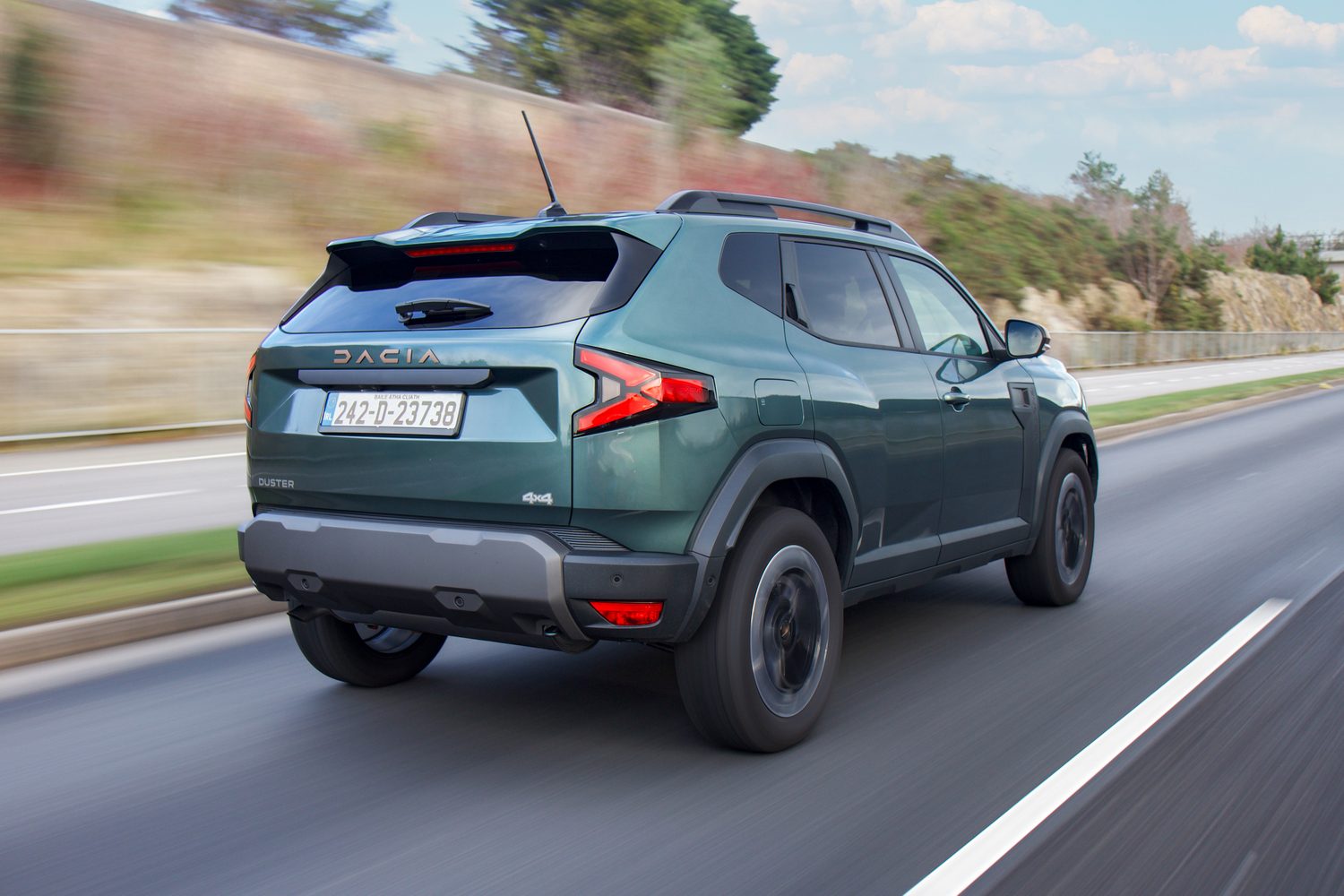
The Duster doesn't come with low-range gears for serious off-roading, so Dacia has fitted it which quite a low first and second gear, and the low-speed settings of those ratios mean that the Duster can feel a touch jerky when rolling through city traffic. You get used to feathering the clutch a little to filter this out, but it's never quite as smooth as you'd like.
The steering is better, and while it's light and not very communicative, the Duster responds eagerly to a sharp turn in, even if overall grip is quite limited. There's a good bit of body lean, thanks to that lofty 217mm ride height, but the Duster never feels nervous nor ill-mannered. It's just not a sports car, and once you get that into your head, you'll find that the Duster settles into a nice, easy-going, cross-country lope.
With relatively long-travel springs, the ride quality is good too, and the Duster easily copes with the sorts of urban lumps and rural ruts that it will most commonly be asked to deal with.
There's a bit of tyre and wind noise at a motorway cruise, but it's not excessive.
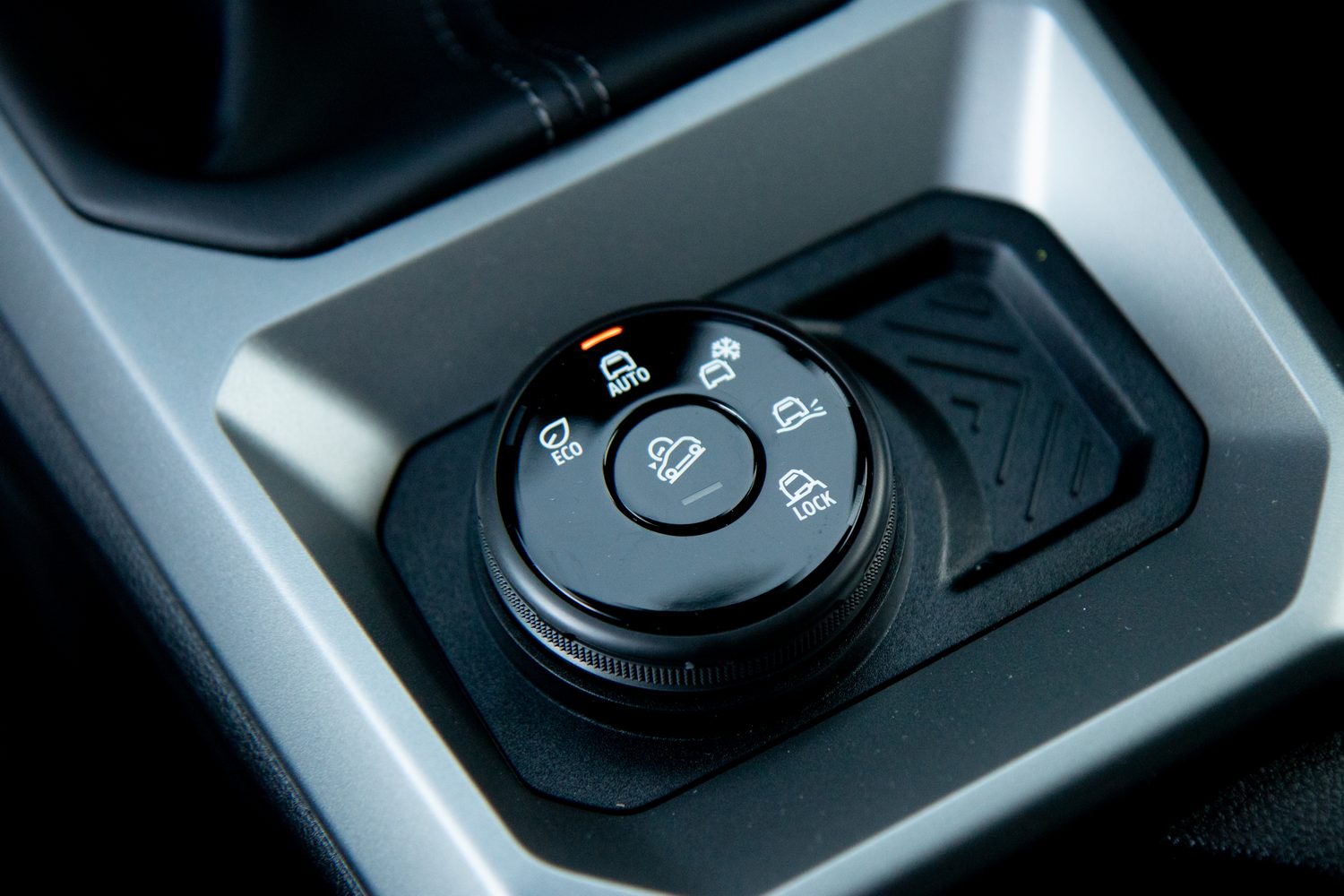
Basically, the new Duster drives much like the old one - not thrilling, but enjoyably competent with a strong undercurrent of ruggedness. It should also be really very capable off-road, thanks to a switchable Land Rover-style terrain response system, but at the time of writing we haven't had a chance to put that to a proper test.
How economical is the Dacia Duster?
The official WLTP number for this Duster 4x4 TCe 130 is 6.1 litres per 100km and, over several days of mixed motorway and urban driving, we managed to average 6.5 litres per 100km, which seems about right. The Duster's CO2 emissions in this form seem slightly high, at 135g/km, but even so that means only a €20 penalty compared to the more frugal hybrid model when it comes to motor tax.
The reasons you'd buy a Dacia Duster
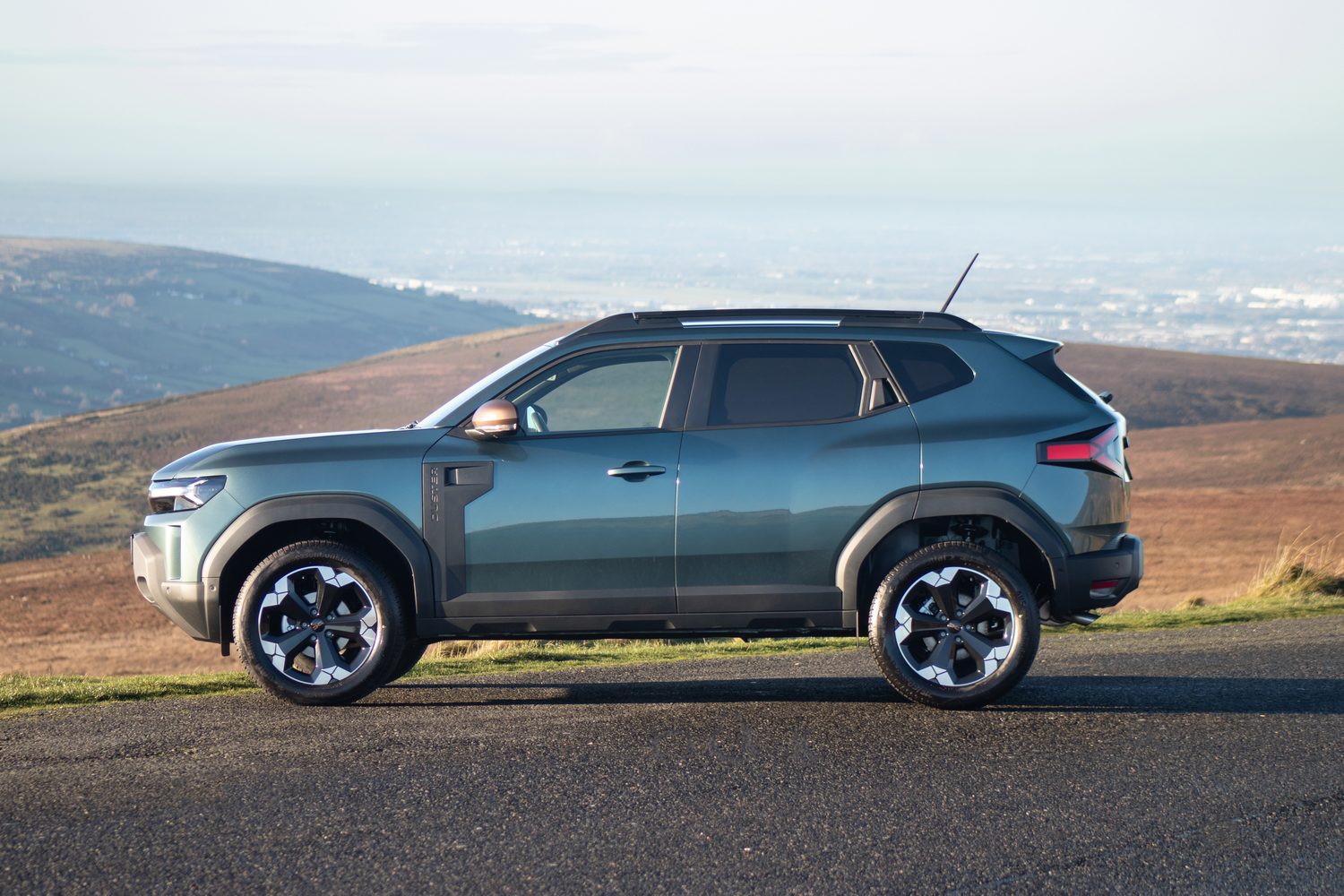
In some ways, the new Duster seems almost unrecognisably changed from the original. It's far more sophisticated in its safety and its on-board technology, and it's using not an old and cast-off Renault engine, but the same 1.2-litre three-cylinder unit as employed by current cutting-edge models from Dacia's parent company. It's also far more stylish, and stylish in an overt rather than an anti-fashion sense, than it has ever been.
However, spend some time with the Duster and you soon start to realise that, for all the sophisticated sheen which has been applied up top, in fact it hasn't changed much at all, and we mean that in the best sense possible. It's still affordable, it's still practical, it's still properly rugged, and it's still at least as good to drive as it needs to be. Once again, the Duster proves that it's one of the most truly sensible and satisfying cars you can currently buy.
Ask us anything about the Dacia Duster
If there's anything about the Dacia Duster we've not covered, or you'd like advice in choosing between it and other cars, you can avail of our (completely free) expert advice service via the Ask Us Anything page.

